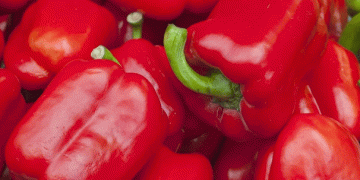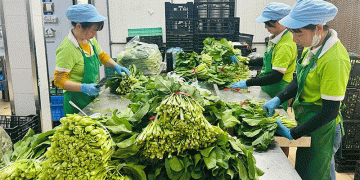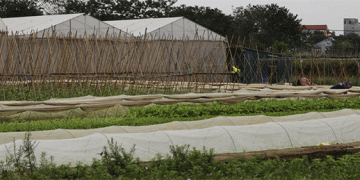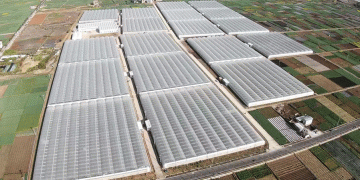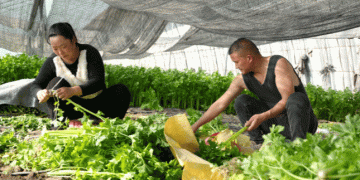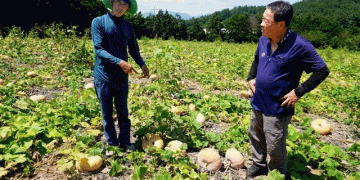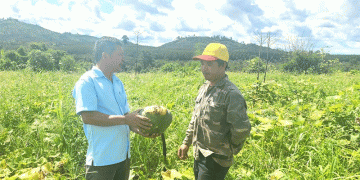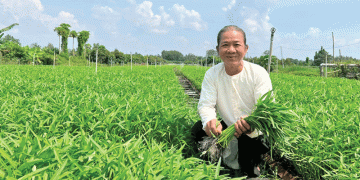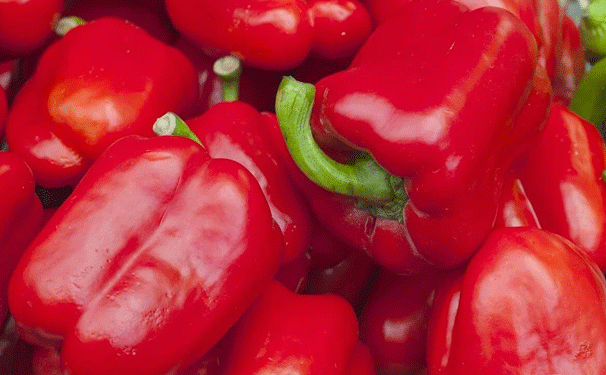The European bell pepper market is currently experiencing notable supply constraints, primarily due to adverse agricultural conditions in key producing regions. In Eastern Andalusia, Spain, pest infestations coupled with severe weather events have precipitated an earlier-than-expected end to the bell pepper harvesting season. This premature conclusion has led to a marked reduction in Spanish exports, creating supply gaps across the continent.
Traditionally, the transition between Spanish and Northern European bell pepper seasons is seamless, with Dutch and Belgian producers stepping in to meet demand. However, this year, the onset of their seasons has been insufficient to fully bridge the supply deficit left by Spain’s early exit. Consequently, wholesale prices have escalated significantly. For instance, in Frankfurt, prices for Spanish red bell peppers have soared to €28 per 5 kg carton, while in other markets, prices exceeding €20 per 5 kg are increasingly common.
The tightening supply and rising prices have attracted imports from alternative sources, including Morocco, Israel, and Italy. These countries have introduced competitively priced bell peppers into the European market, offering some relief to buyers. Nevertheless, the premium pricing of Spanish produce has led to a decline in its demand, as consumers and retailers opt for more cost-effective alternatives. Turkish imports have also maintained a steady presence, although buyers are facing higher costs due to the overall market conditions.
The Islamic holy month of Ramadan has further influenced market dynamics. During this period, a reduction in unloading activities from certain origin countries has been observed, coinciding with an expansion in demand across various markets. This interplay of reduced supply and heightened demand has contributed to the sustained firmness in bell pepper valuations.
The European bell pepper market is currently navigating a complex landscape characterized by supply shortages and escalating prices. Factors such as adverse weather conditions in Spain, insufficient compensatory production from Northern Europe, and increased demand during Ramadan have collectively strained the market. While imports from non-traditional suppliers offer some respite, the situation underscores the need for diversified sourcing strategies and enhanced resilience in the face of climatic and market fluctuations.
